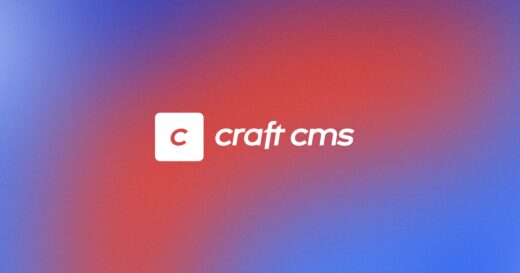Expert insights from our team.
Dot All Conference 2025
4 min read

The hidden UX issues costing you customers.
2 min read
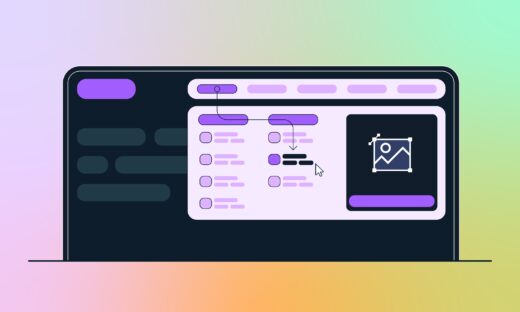
A guide to learning Craft CMS in 2025
8 min read
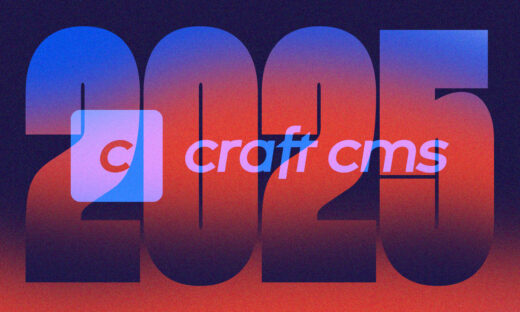
Are third-party marketing scripts affecting your website speed, user experience, and rank?
5 min read
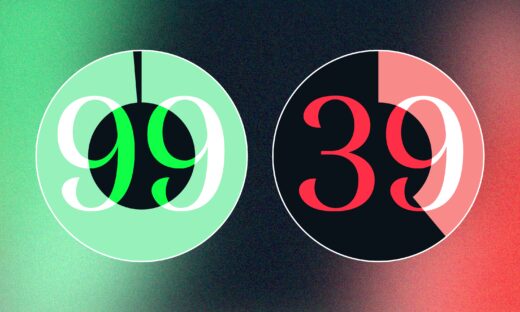
Effortless Transitions with BarbaJS
3 min read
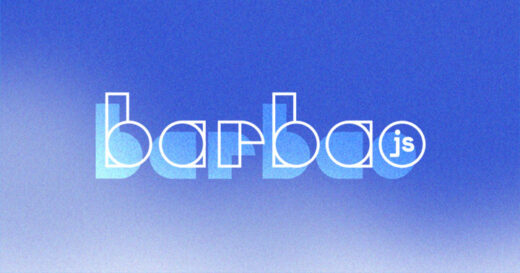
Create a multi-regional, multi-lingual website with ease with Craft CMS.
2 min read

How Craft CMS protects your website from modern security threats
4.5 min read

Why craft CMS is the best choice for custom websites in 2024
5.5 min read
